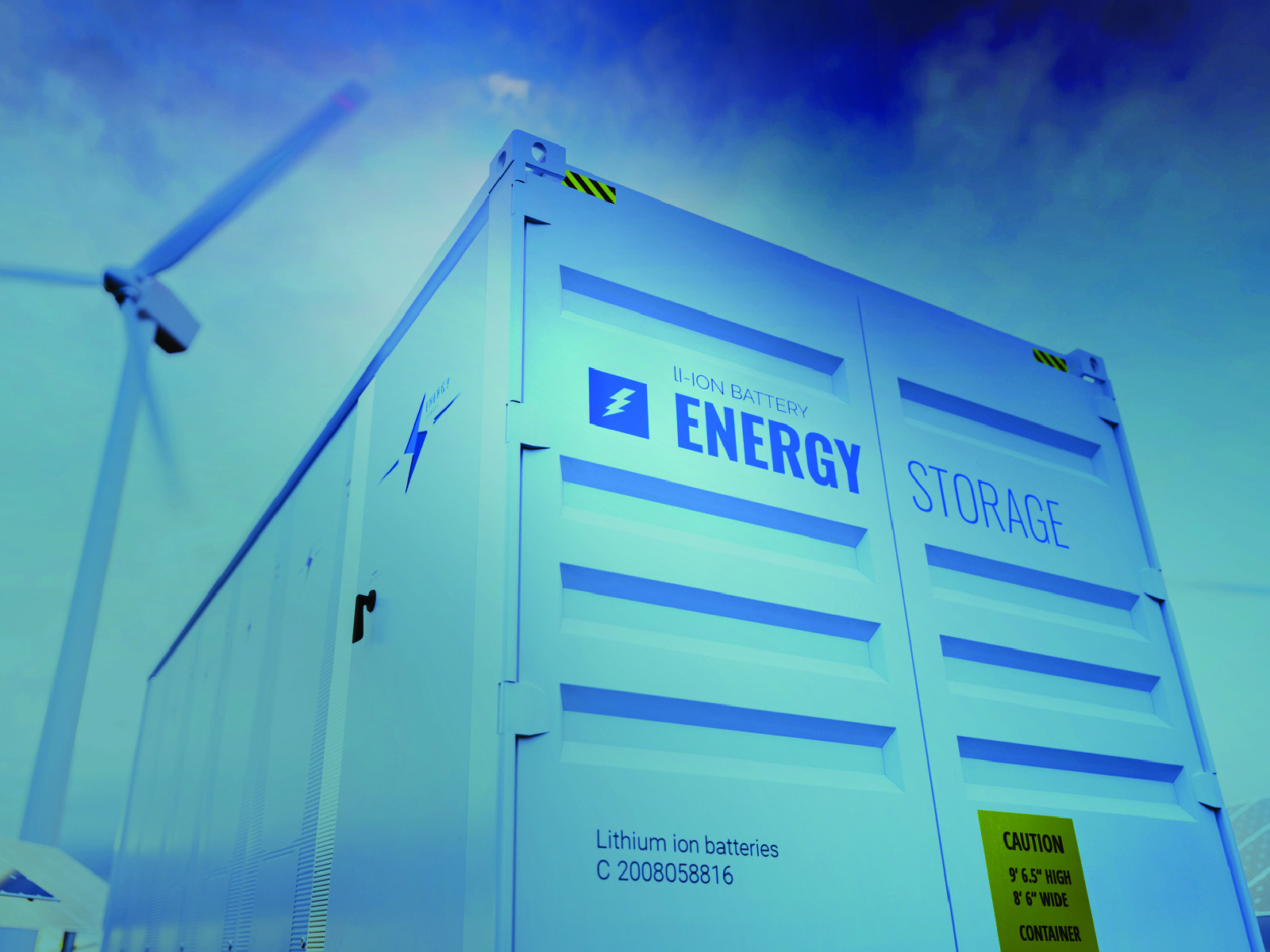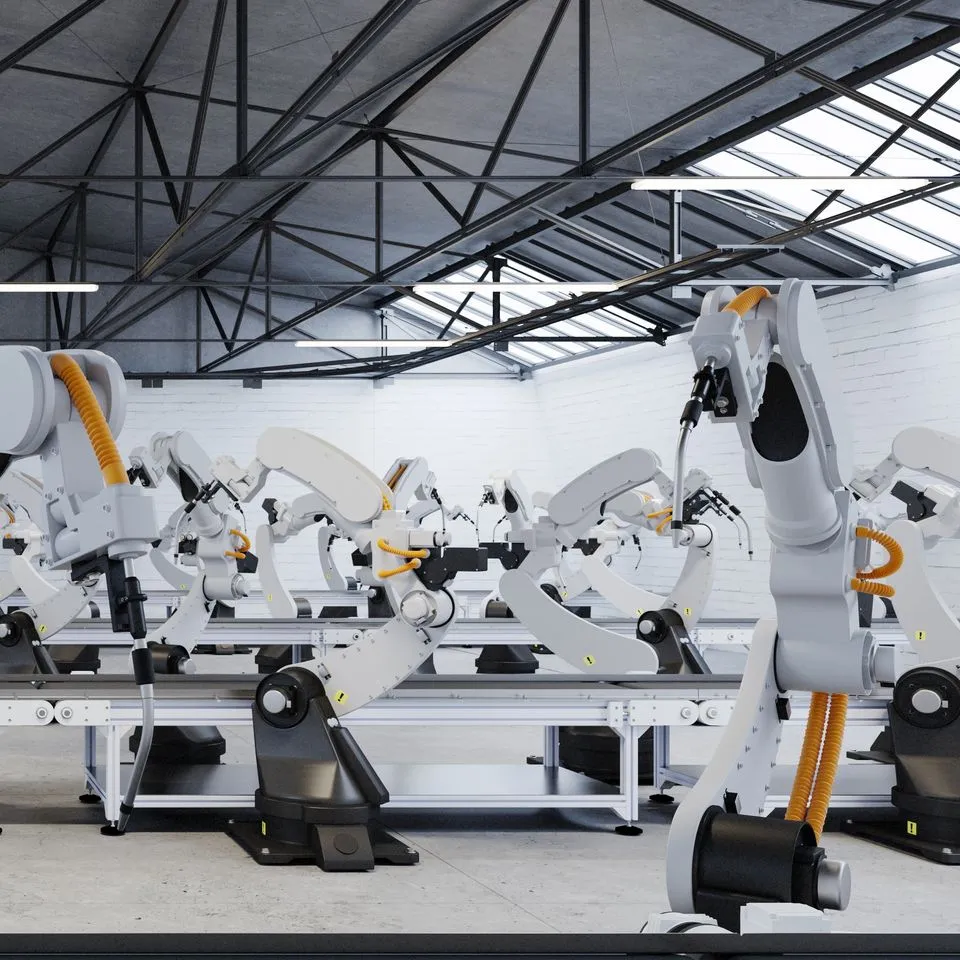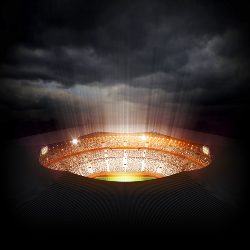Effective Energy Management at the Local Level
Microgrids: Resilient Solutions for Reliable Energy
Microgrids: Resilient Solutions for Reliable Energy
Microgrids: Resilient Solutions for Reliable Energy
Flexible Energy Supply and Demand
A microgrid is a flexible energy solution that provides a range of power services.
A microgrid consists of loads, such as facilities, plants, and buildings, and distributed energy resources, for example solar, wind, and generators, that can be operated in a controlled, coordinated way, either connected to the main power grid or in “islanded mode” – allowing the microgrid to operate and provide power independently from the main power grid.
A microgrid can be an effective solution for peak shaving and demand response, as it allows for more efficient management of energy supply and demand at the local level.


The heart of our solution is advanced energy management combined with all the advantages of a microgrid and a service model that minimizes upfront costs. For our customers, this means clean, cost-effective and reliable power delivered seamlessly anytime, anywhere - even when the grid goes down.


Benefits of a Microgrid
- Consumes self-generated solar power that costs less than using grid power
- Reduces demand charges (peak shaving)
- Provides alternate power source during high-rate time-of-use periods
- Acts as a back-up power source for reliability and resiliency
- Revenue opportunity to sell excess energy utility (market participation)
- Sustainability – using renewables reduces carbon footprint
- Can act independently of the grid, offering peace of mind during outages



